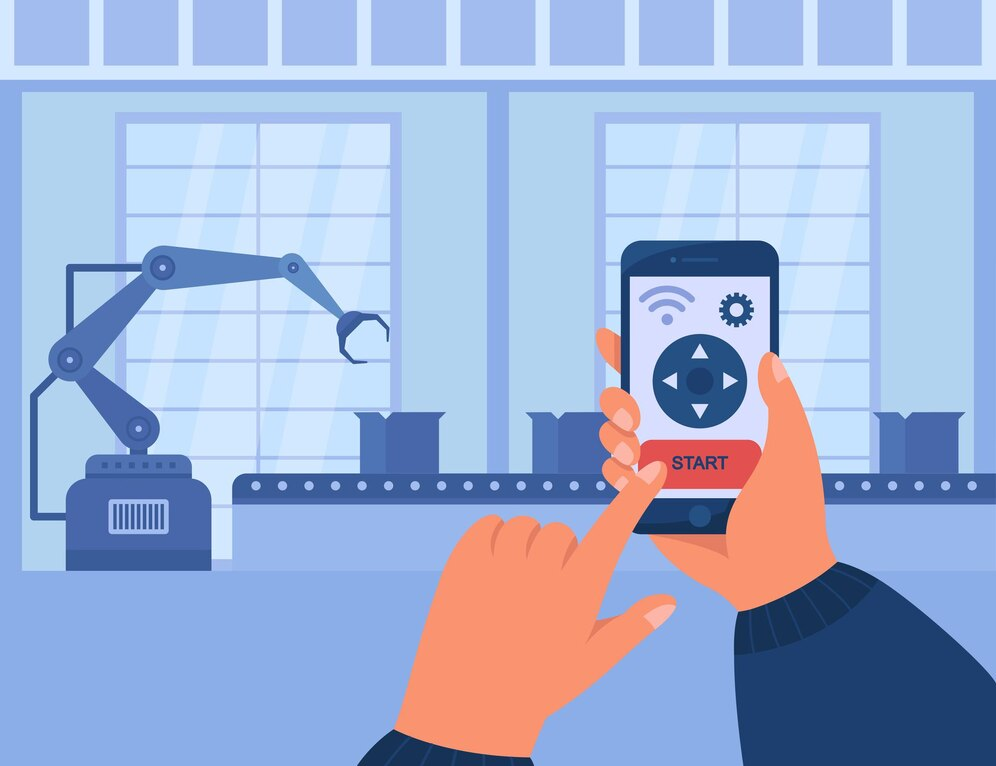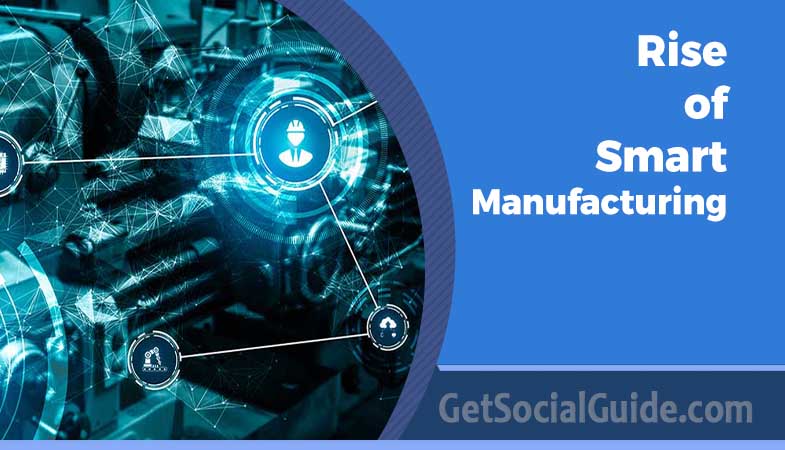The Rise of Smart Manufacturing and Its Impact on Efficiency
Over the course of the last decade digital technologies swept over all facets of the global industry and put the way we perform and even think about countless business procedures on entirely new foundations. It was expected that the manufacturing industry, which consists of various repeatable and standardized procedures, would lend itself rather smoothly to this transition.
And, as you can expect, these expectations were met.
These days, smart technologies, AI, Machine Learning, and other cutting-edge resources are pushing the manufacturing sector to new levels of operational efficiency making the entire industry faster, leaner, and more sustainable.

Let us then use this opportunity to explore this evolution in greater and see where it might lead us in days to come.
The basics of Industry 4.0
Let us start this breakdown by pointing out that the digital overhaul of the manufacturing sector is not going unnoticed. On the contrary, the pundits already call this transition “the Fourth Industrial Revolution” or speaking in trendier terms Industry 4.0. The main lines of development within this large movement are very well documented as well. Well, here are the four main pillars this transition will be built on:
- Cyber-physical systems (CPS) – This term describes the integration of digital computing with physical processes by close integration of physical and software components.
- Internet of Things (IoT) – IoT is an infrastructure that makes CPS possible. It represents a concept of physical objects capable of harnessing information from their environment, independent computing, and then sharing the processed data with other IoT-capable devices.
- Big Data – The combined forces of CPS and IoT are capable of collecting large chunks of raw data. Big Data is a system that uses Machine Learning, which already reshaped industries like digital marketing, and other advanced technologies to parse these chunks and identify trends, predict downtime and maintenance, needs, etc.
- Artificial Intelligence (AI) – Artificial Intelligence is the last piece of this puzzle and presents the system capable of “learning” from big data analytics introducing greater levels of automation, enabling human-machine collaboration, and more precise quality assurance.
Advanced maintenance technologies
Of course, we need to point out that the introduction of smart, 4.0 technologies is not related solely to the manufacturing process. The manufacturing industry consists of countless moving pieces and the latest-gen resources are gradually refining all these facets. Take for instance the professional vibration analysis that allows experts to use vibration patterns in mechanical systems to identify the eventual malfunctions and locate the source of unexpected vibrations. Following the trends of Industry 4.0 this technology is smart, wireless, and perfectly integrated with other critical industrial procedures.
Making way for Smart Manufacturing
All the things we have covered so far culminated in the concept we like to call Smart Manufacturing. Unlike Industry 4.0 which represents a broader umbrella term covering all value chain instances ranging from design to after-sale, Smart Manufacturing uses its basic tenets and applies them to the narrow manufacturing field. This production philosophy revolves around four core principles:
- Interconnectedness: A framework that ensures seamless communication between people, devices, and integrated systems.
- Data-driven decision-making: All decisions and procedures of Smart Manufacturing are based on hard data ensuring optimal operational efficiency.
- Adaptability: Smart infrastructure and a network of independent components should ensure to quickly adapt to changing real-life conditions and user feedback.
- Visibility: Data-driven manufacturing and maintenance allow for a great level of transparency leaving no processes or anomalies unaccounted for.
The effects of revolutionized manufacturing
Last but not least, we would like to mention that the evolution of modern manufacturing isn’t occurring just for novelty’s sake. Leveraging the resources of Industry 4.0 as well as the principles of Smart Manufacturing produces some very tangible real-life benefits which give the manufacturing revolution even stronger backing.
- Higher level of quality control: Automated digital systems, powered by comprehensive sets of data, are much more capable of producing consistent output than human workers and obsolete analog resources. As a result, we get unprecedented quality control and product safety.
- Adaptability and scalability: We already mentioned adaptability when talking about the core principles of Smart manufacturing. As for scalability, it should be mentioned that the robots, digital resources, and new IoT tools can be easily managed without affecting the existing infrastructure or workflow.
- Advanced data analytics: Digital manufacturing leaves behind rich pools of data that can be fed back to the system and used to further refine the production process.
- Sustainability and efficiency: Streamlined manufacturing wastes fewer resources which has an effect both on the sustainability and efficiency of the said process. Efficiency can be observed as the main goal of any sensible industrial revolution, but the magnitude of shifts occurring under the umbrella of Industry 4.0 can be properly judged only when assessed in this larger context.
Conclusion
We hope this short breakdown gives you a better idea about what the changes occurring in the manufacturing industry are exactly about, which resources are they driven by, and what outcomes we may expect to get at the end of their road. Of course, we have managed only to scratch the tip of the iceberg but even this limited insight gives us a lot of things to look forward to. More efficient, leaner, and sustainable manufacturing is a cause we can all stand behind. Well, this bright future looks more certain and closer than ever.



